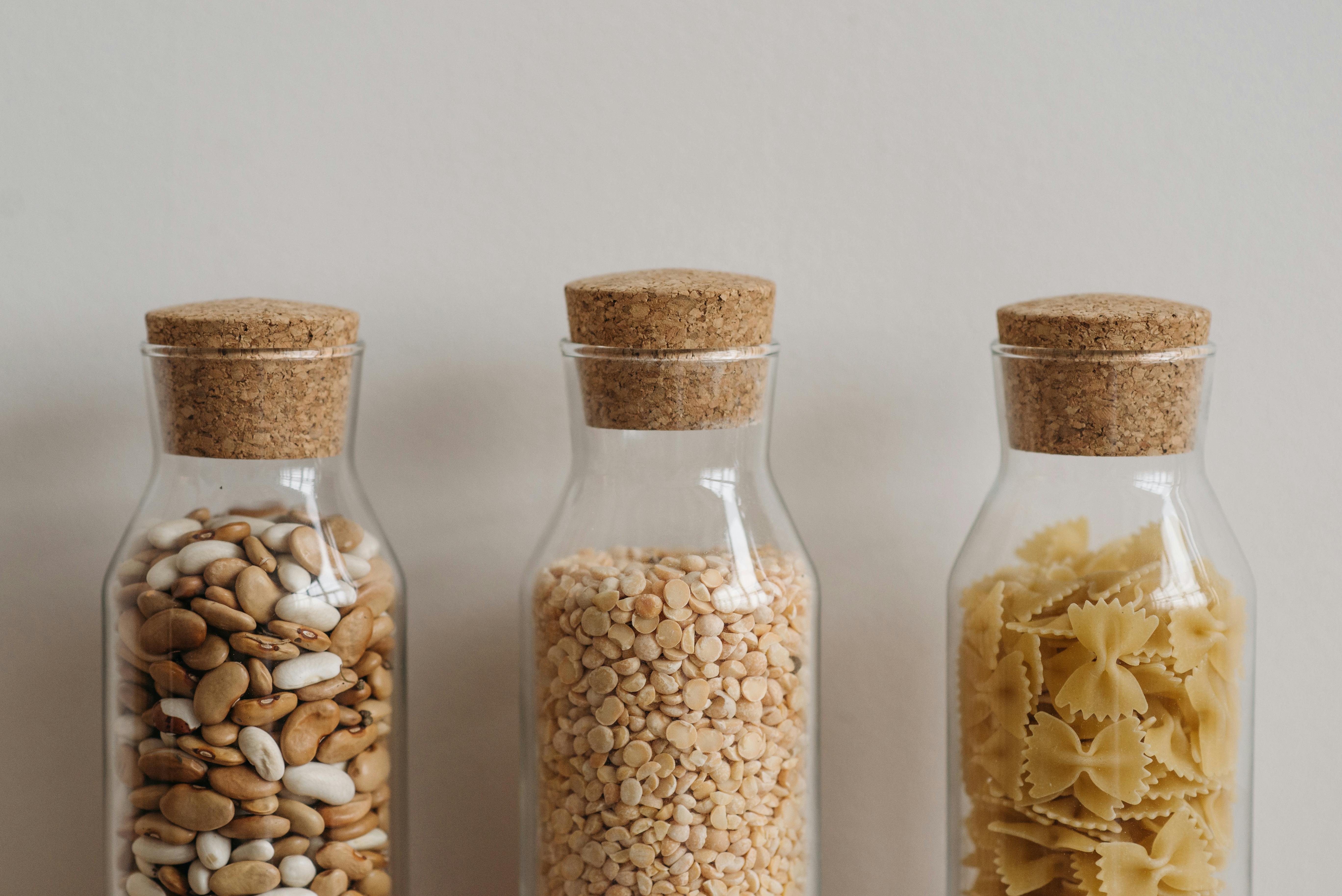We usually think of diet in terms of our bodies…weight loss and toned muscles, but very rarely do we think of skin foods and what we eat in terms of what it might be doing for our complexion.
In fact, the wrinkle-fighting antioxidants in fruits and vegetables and the hydrating, healthy fats in fish and other foods may be just as important for your skin as they are for your bathroom scale. And since our skin is the largest organ in the body, with a crucial role to play, it might make sense to pay attention to what it needs.
Here are some amazing skin insights into some of the most popular eating plans… you’ve no doubt heard of all (or most), but do you know what they do for your skin?
Mediterranean Diet: It’s packed with fish, green leafy vegetables, olive oil, and fruit, making it a heart-healthy, waist-slimming way to nourish the body. But the benefits don’t end there, eating this way may also protect against melanoma (the deadliest form of skin cancer) according to a recent Italian study.
In addition, the omega-3 fatty acids in fish help keep the cell membranes of the skin strong and flexible. The antioxidants in those leafy green vegetables and olive oil can offer protection against UV rays and other environmental attacks by working to break down both collagen and elastin, the compounds that keep skin plump and smooth.
Another component of this eating plan, red wine, is packed with resveratrol, an antioxidant that’s great for your skin. Of course, you should enjoy alcohol in moderation, as overindulging can leave your skin dry and produce free radicals that break down collagen.
Vegetarian: calls to say “no” to meat and other animal products, for health or other reasons. This means you’re eating more fresh produce and whole grains, both of which are fantastic sources of nutrients for your skin. The antioxidants in these foods neutralize free radicals that can cause age spots, wrinkles, and other unwanted signs of aging.
Plant-based foods also contain zinc, which is great for fighting acne and inflammation, while other foods, such as dairy, contribute to acne. If breakouts are your problem, think about other protein sources and see how your skin reacts.
And since this way of eating can be low in fat, be sure to add some good sources of fat like ground flaxseed and olive oil. These help your skin retain water, making it more supple.
High Protein/Low Carb: Plans like the South Beach Diet and Atkins fall into this group. The good news is that cutting back on the bad stuff (white bread, pasta, refined sugar) can also reduce the secretion of the stress hormone cortisol.
Consider a plan that substitutes whole grains, fresh produce, and lean meats (fish and other lean proteins) to give you the blemish-busting power of zinc as well as collagen-building proteins. And beware of more meat-based protein-rich plans because eating too much animal fat can increase free radical production.
If you eat this way, be sure to drink enough water throughout the day to keep your skin hydrated.
Low Fat: asks, you guessed it, to reduce fat consumption. Plans like ‘Eat More Weigh Less’ cut down on saturated fats (red meat, whole milk) and are good for both your heart and waistline. Reducing the amount of animal fat you eat reduces the production of free radicals that age the skin.
However, your skin does need some fat, like the unsaturated variety found in nuts and olive oil. Fat allows your body to absorb antioxidants and fat-soluble vitamins, and it strengthens cell membranes. This can lead to more supple skin and therefore a better complexion.
You’ll want to try to get at least 20% of your calories from fat, especially unsaturated fat. Saute vegetables in olive oil, add nuts to salads or cereals, and try omega-3-rich salmon, flaxseed, or fortified eggs.
Raw: Like the Raw Food diet, it is based primarily on fresh fruits and vegetables, nuts, sprouted beans, and grains, which are not cooked so that they retain their natural enzymes. These foods aid digestion while giving you energy and helping you lose weight. While most doctors haven’t yet jumped on the raw food bandwagon, there’s no denying the skin benefit of eating this way.
When you eat little meat, it’s a challenge to get enough of the nutrients needed for collagen production, but the healthy oils in nuts, avocados, and olive oil keep your skin’s cell membranes strong and supple.
To help your body produce collagen, add some sprouted beans, sushi, or other raw proteins to your diet, and be sure to add other skin-healthy foods such as fat sources like walnuts, ground flaxseed, and olive oil to firm those skin. skin cells. .



